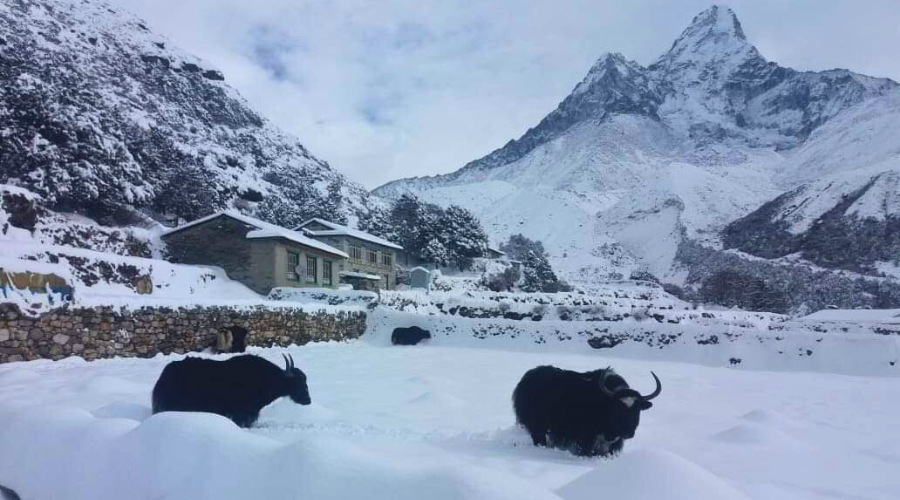The Annapurna Circuit trek, a jewel in the crown of Nepalese trekking adventures, offers an immersive experience through some of the most dramatic landscapes and cultural richness in the Himalayas. Determining the best time to undertake this iconic trek involves understanding the regional climate, the changing seasons, and how they influence trekking conditions. This article explores the optimal times for trekking the Annapurna Circuit, balancing weather conditions, scenic beauty, and cultural festivities.
1. Understanding the Annapurna Circuit’s Weather Patterns
The Annapurna region experiences four distinct seasons, each affecting the trekking experience differently:
-
Spring (March to May): Spring is one of the most popular trekking seasons. The weather is predominantly warm with clear blue skies. The temperatures range from 10°C to 20°C during the day, although nights can still be chilly. This season also celebrates the blooming of rhododendrons and other wildflowers, making it a visually spectacular time to trek.
-
Summer/Monsoon (June to August): The monsoon season is marked by heavy rains, especially in the lower regions of the circuit. Trekking during this time can be challenging due to slippery trails and leeches. However, rains often come in the afternoon, leaving mornings clear and lush with post-rain freshness. This season is less crowded, which might appeal to those seeking solitude.
-
Autumn (September to November): Autumn is considered the best time to trek the Annapurna Circuit due to its stable weather and mild temperatures. The monsoon rain clears up the dust in the air, enhancing visibility and sharpening the views of the Annapurna range. Daytime temperatures are comfortable, and the popular festivals of Dashain and Tihar fall during this season, offering trekkers a deeper cultural experience.
-
Winter (December to February): Winter brings snow and colder temperatures, especially at higher elevations. While the views are clear and the paths less crowded, some high passes like Thorong La may be impassable due to snow, making it crucial for trekkers to check conditions and consider safety.
2. Crowds and Cultural Experiences
-
Peak Seasons: Spring and autumn attract the highest number of trekkers, which means trails and teahouses are busier. Booking in advance is advisable to secure accommodations. These seasons also provide the opportunity to engage with more fellow trekkers and enjoy the vibrant atmosphere of the trail.
-
Off-Peak Seasons: Winter and summer are considered off-peak. Winter offers solitude and dramatic snowy landscapes, while summer provides a unique perspective on the region’s flora and fauna, along with fewer tourists.
3. Trekking Considerations
-
Altitude and Acclimatization: Regardless of the season, altitude sickness is a risk. Proper acclimatization days are crucial, especially as the circuit reaches heights over 5,000 meters at Thorong La pass.
-
Gear and Preparation: The right gear is essential. During monsoon, waterproof clothing and bags are necessary, while in winter, warm gear and possibly snow equipment are required.
-
Local Guidance: Hiring a local guide not only supports the local economy but also enhances safety, provides insight into the local culture and natural environment, and helps navigate any language barriers.
4. Conclusion
The best time to trek the Annapurna Circuit largely depends on what you want from the experience. Autumn offers the clearest skies and the most cultural festivities, while spring provides vibrant landscapes. Off-peak seasons promise fewer crowds but require more preparation for weather conditions. Whichever you choose, the Annapurna Circuit is an unforgettable adventure, rich in both natural beauty and cultural heritage.




